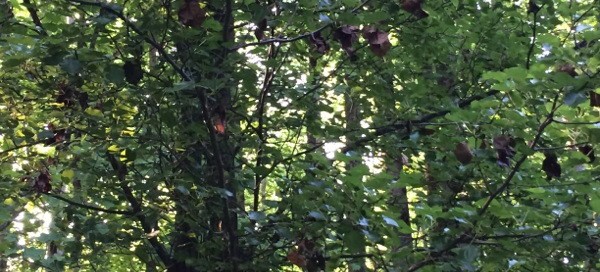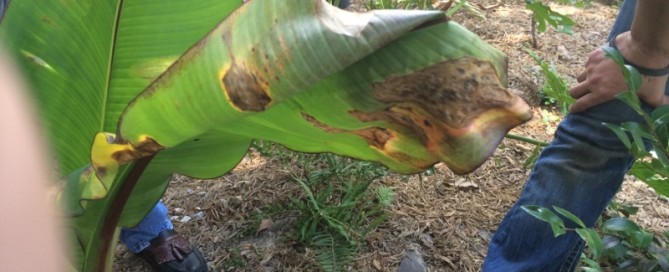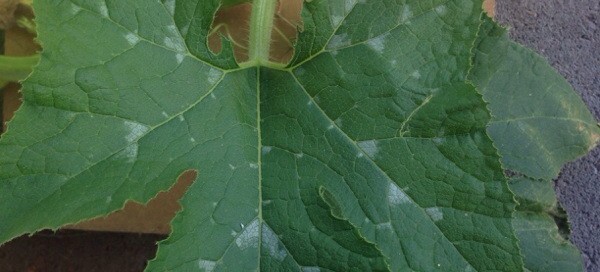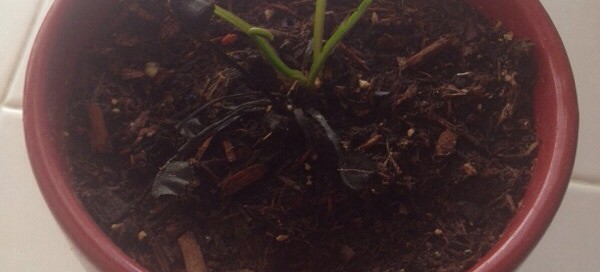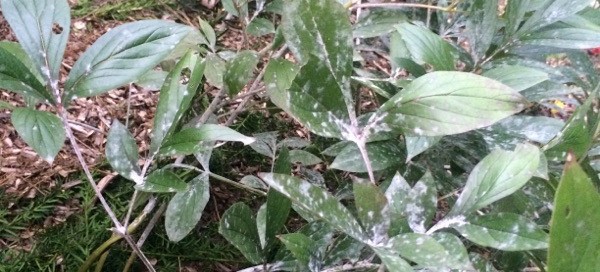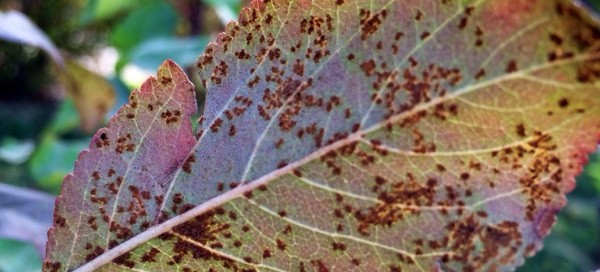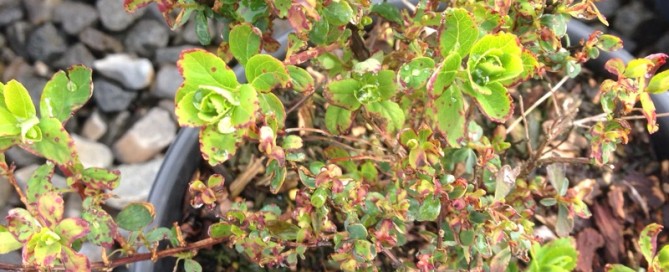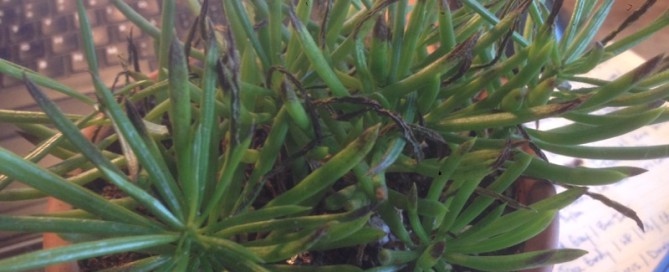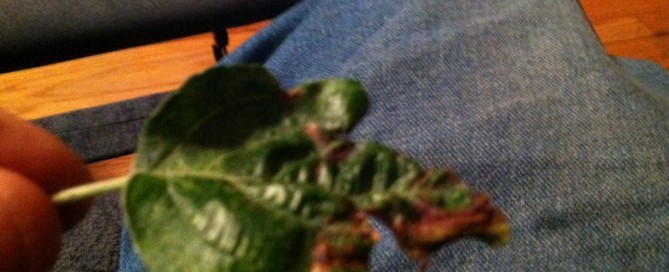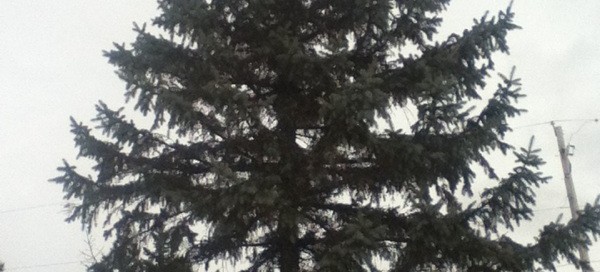Fire Blight
This may be Fire Blight. The primary sign of this bacterial infection is black “shepherd’s crook” twigs. The tips of branches actually turn blank and bend like a shepherd's crook. There may also be light brown to blackened leaves. Here's a link for Apple Tree information from the Colorado Extension Agency. At the bottom of the page there are several links discussing apple diseases and pests including Fire Blight. You'll want to look at the images of branches affected by Fire Blight which will help you determine if it is present on your tree and what treatment options are available. If the Fire Blight description doesn't fit your tree's appearance, you can check out the other links for possibilities.
http://www.ext.colostate.edu/ptlk/1201.html
